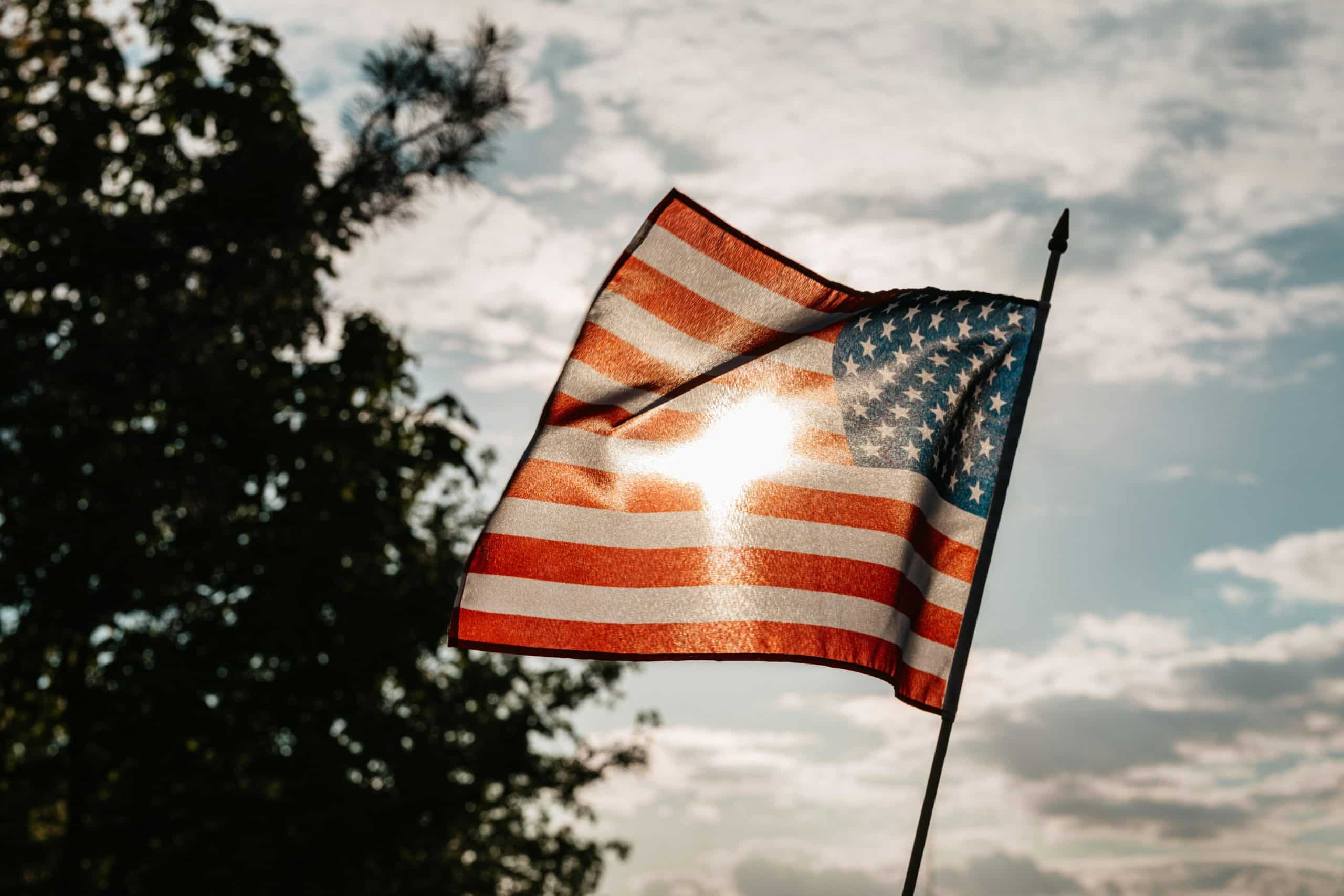Fourth of July in the U.S. is the summer’s biggest holiday, with holiday and vacation time carved out for many workers. It’s a one-day event that often becomes a long weekend, where friends and family gather to eat, drink, and watch fireworks. 87% of respondents in a recent survey said they celebrate the Fourth of July, and it’s the second most popular American holiday after Christmas.
For performance marketers, this has also become a shopping event, with a range of industries selling products relevant to the holiday. Shoppers are busy during this period: Americans spent an estimated $15.5 billion for the Fourth last year. Marketers can set off their own fireworks — in the form of great performance metrics — with some fresh ideas and well-timed campaigns.
5 Ideas to Enhance Fourth of July Marketing Performance
1. Focus on Your Industry’s Strengths
A long weekend marking the peak of summer, with fireworks, food, and fun, is especially suited for some industries in particular. Retail and automotive are some of the biggest winners during Independence Day. Consumers are primed to spend — especially with the long weekend, which gives people more time to research and buy. Think of items like grills, outdoor furniture, pools and pool toys, lawn chairs, and all the other accessories that make summer memorable. It’s a time for cookouts, picnics, and parties, so any product that enhances those moments can win big.
You’ll also see success in categories like travel and hospitality, as people plan getaways or events around the long weekend. Consider localized promotions, depending on what makes sense for your brand — think fireworks, parades, and event tie-ins.
CPG and beverage brands (especially alcohol and soft drinks) have a natural fit around the Fourth. Capital One Shopping found that wine and beer are the top drinks purchased, with nearly 42% of Americans buying alcoholic beverages for their Fourth of July celebrations last year. It’s a golden moment for high-ticket items and major discounts that can drive urgency, so plan for offers, discounts, and creative copy and imagery that target this event.
2. Time It Right for Maximum Sparks
For short-term events like this, start awareness efforts early. Consumers increasingly start their purchase planning far in advance for these types of events, knowing that there will be deals available for a short window of time. Think of Amazon’s Prime Days, where marketers spend weeks priming their audience with notifications, influencer summits, early deals, and cross-channel buzz. That same playbook can apply to the Fourth of July.
Great marketing starts weeks ahead, so the brands that win are creating anticipation and generating urgency by using teaser messaging, creating “countdown to savings” or early-access content, airing influencer previews, and creating pre-event wish lists. By the time the actual day arrives, the best campaigns have already moved their audience from awareness to intent — and now just need to capture the conversion. If you’ve done your up-front work, the purchases should build up nicely on Independence Day itself. Early momentum is key to get ahead of competitors.
Of course, marketers shouldn’t forget about post-holiday momentum. Often there’s a second wave of opportunity right after the Fourth, as people return to their routines or realize they missed a deal — and that there’s still plenty of summer left for seasonal purchases. Consider running extended promotions (as you would for Black Friday through Cyber Monday), remarketing to browsers who didn’t convert, or using first-party data collected during the holiday to inform your next campaign push.
3. Channel Your Channel Efforts
Make sure to avoid single-channel thinking on the Fourth of July. Success doesn’t come from just one format or platform: Use a multi-touch strategy across the open web, social, email, and native placements to ensure you’re meeting your audience where they are in this short timeframe — and nudging them from interest to action. A cross-platform presence can help spread your messages, reaching consumers through email, social, native display, and video for a full-funnel impact.
In addition, for a winning Fourth of July strategy, think mobile-first, not just mobile-responsive. Prospects are out of office, away from their desks, and often traveling. Prioritize mobile optimization before desktop and tablet to ensure a frictionless experience for all your shoppers. SMS shouldn’t just mirror email campaigns — it should reinforce urgency. Use text messages to remind shoppers about expiring, time-sensitive deals, last shipping days, and exclusive offers. Many consumers wait until the last minute, and a one-day event goes by quickly, so SMS can cut through the noise and drive swift action. Boost your text marketing impact after a purchase with real-time updates and tracking info. A well-timed SMS can turn hesitation into conversion, ensuring your brand captures every possible sale.
4. Bring In the Fun
Leaning into patriotism, community, and summer vibes are all effective strategies for marketers. Campaigns that celebrate America, barbecue culture, and togetherness tend to resonate. One standout was Pepsi’s 2023 “#BetterWithPepsi” campaign, which paired the brand with iconic July 4th foods — even poking fun at classic burger chains to drive conversation.
In addition to these themes, it’s a great time to test new creative, like “freedom to save” or “independence from high prices” to open up playful, engaging narratives. But, avoid being generic. Don’t just slap a flag on your creative; spend some time making it stand out with strong copy and imagery beyond stock photos. Make sure the tone and visuals actually speak to the audience’s mindset and behaviors during the holiday.
Get more tips with Taboola's e-Commerce Creative Playbook 2025
5. Think Beyond the Consumer
The Fourth of July has traditionally been a major B2C moment, but its marketing potential extends beyond just consumer-facing brands. While it’s undeniably a high-impact sales period — especially in industries like retail, automotive, and home goods — it also represents a cultural milestone: a celebration of summer, freedom, and community. For many consumers, it’s become shorthand for “big deal season.” Consumers might say, “I’m waiting for Fourth of July sales,” before making a significant purchase, whether that’s a car, mattress, or even home improvement essentials.
It’s a powerful opportunity for brands to tap into seasonal mindset shifts, especially for products tied to life milestones or summer-driven behavior. Even in B2B, companies can tie into the season with thoughtful storytelling, thematic content, or creative brand building that aligns with the spirit of independence and momentum.
Key Takeaways
Fourth of July in the U.S. is a big summer holiday, and performance marketers can treat it like a one-day shopping event that can drive a spike in conversions and revenue. Build awareness ahead of time, test relevant creative, and use all available channels wisely to turn conversions around quickly for Independence Day purchases.
Frequently Asked Questions (FAQs)
Are there any specific demographic segments we should target?
Within the U.S., there are a range of demographic segments to consider. Ideally, you should first use the audience data you’ve gathered to create segments that make sense for your business. But, broadly, in terms of age, younger generations like Gen-Z and millennials are more likely to more vigorously celebrate the Fourth. Other demographics to consider are high spenders, recent customers, and active loyal customers. Keep in mind that different regions of the U.S. may have different Fourth of July traditions, or be more likely to attend a parade or fireworks event.
What kind of sales or promotions will be most appealing?
Many industries can promote sales and promotions for the Fourth of July, including CPG, beverage, retail, automotive, and travel. Across all of these, consider sales or promotions that use patriotic themes, highlight summer essentials, and offer limited-time details to capture the short timeframe. You might try flash sales, patriotic or U.S.-themed promo codes, or free shipping, as some examples. Also consider bundles or a free giveaway or add-on for a large purchase like a grill or outdoor furniture set.
Which marketing channels will best reach our target audience for this holiday?
All your usual channels will come in handy as part of your marketing strategy for the Fourth of July — email, social media, paid ads, and text messages. Keep a close eye on local opportunities for this holiday, such as any tie-ins with parades, fireworks, or other events. You might consider print ads and QR codes, sponsorships, or offers that align with local celebrations.



